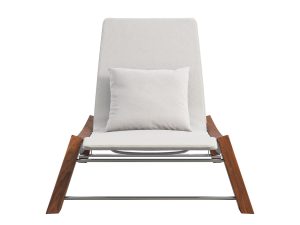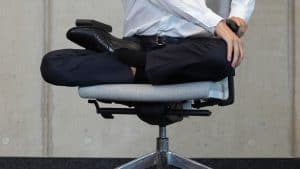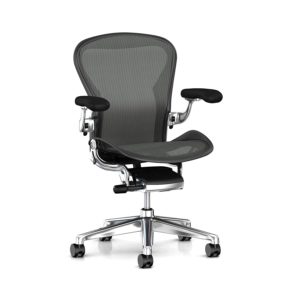Most office chairs require some sort of assembly; only the ones in the topmost price ranges will ever come fully assembled. If you have assembled your new chair yourself, then you already know what parts to detach and where all the screws and bolts are.
If you haven’t, then there is a common strategy for every kind of chair. No matter the make, shape, or size, the basic structural integrity of how the parts are put together will more or less remain the same.
Want to see a demo. Check this video.
Here’s a quick rundown on how to disassemble office chair with ease:
1. Wheels
Most office chairs have wheels, so reducing mobility is a good idea for dismantling the other parts easily. Place the office chair on its side so that you can easily detach the wheel from its base first. Doing this while the chair is upright will make it difficult.
Usually, the wheels will detach as a whole unit. You can take the wheels off one by one, too, though. But if your chair comes with each wheel locked in its own slot, then you might have to take a few extra steps.
If the wheels have a small lever or tab, then you can manipulate it by pressing or pulling to unlock the wheel from the wheelbase. Or you might have to physically pull it out by twisting or use a rubber mallet to get the wheels to loosen up by hammering.
2. Armrests
Detach the armrests next. What you are doing here is detaching the secondary structure first so that you can detach the primary framework without other things getting in the way.
Make sure to check if the armrests are detachable first because some are built into the seat structure. Then see how they are attached, there are usually two ways – either the armrests are slid into the slots or attached via screws or bolts.
If they are, then use a flat-head screwdriver or cross-head screwdriver depending on the screws, and if they are bolted with bolts, then use an Allen wrench.
3. Chair Body
Pull your chair apart to get the back of the chair and the seat separated. Unscrew or unbolt all the fixtures first.
If your chair is a single unit, though, then the back and seat can’t be separated. So, in that case, you will just be detaching the whole body framework from the base.
In case of your chair being a single unit, check if your chair design has hydraulics that helps to lift your chair. This is often there in adjustable chairs. If so, check to see if the hydraulics are attached.
- If the hydraulics are not attached, then you can pull the chair away from the hydraulics. Pull the chair away from them. Now, remove the hydraulics with the cylinder, as well, from the base of the chair.
- If the hydraulics are attached, then check if there are any related screws or bolts under the chair base. If there are, then you will be able to detach the back and seat as a single unit from the base. You just have to remove the hardware holding them as a single piece and then pull the seat along with the hydraulic assembly from the base of the chair.
If your chair uses pneumatic technology, which uses gas – instead of hydraulics – then detaching them can be difficult. Office chair gas lift replacement is anyway difficult, even though the cylinder and springs need to be replaced over time.
Conclusion
It isn’t difficult to detach and disassemble chairs. Just check for all the related screws and bolts, and they will give you a fair idea of what to do.
Just a quick tip: bag all the small hardware pieces in sync with the removal. It is very easy to lose them, and it can be a pain when you need to assemble the chair again.





